Authentic Mexican street corn (elote) combines perfectly grilled sweet corn with a creamy, tangy coating of crema, cotija cheese, lime, and precisely balanced spices. This step-by-step guide delivers the exact method used by Mexico City street vendors, including regional spice variations, timing secrets, and cultural context that transforms ordinary corn into an authentic experience that honors tradition while adapting to modern kitchens.
Essential Elote Ingredients & 15-Minute Preparation
- 4 ears fresh sweet corn, husks removed
- ½ cup crema (or full-fat mayonnaise)
- ¼ cup crumbled cotija cheese
- 1 tbsp chili powder (Ancho preferred)
- 1 tsp smoked paprika
- ½ tsp cayenne pepper (adjust to taste)
- Fresh lime wedges
- Fresh cilantro leaves
3-Step Preparation Method
- Grill properly: Soak corn 10 minutes, then grill 8-10 minutes at 375°F/190°C, turning every 2 minutes until golden char appears
- Apply crema immediately after grilling while corn is hot (critical for adhesion)
- Layer toppings in order: crema → cheese → spice blend → fresh lime (just before eating)
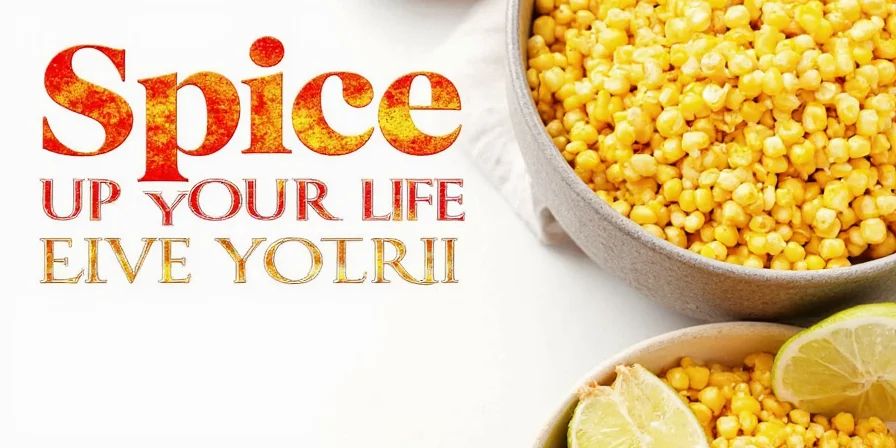
Regional Spice Variations: Mexico's Flavor Map
Authentic elote varies across Mexico's regions. Street vendors adjust spice profiles based on local preferences and ingredients. These tested combinations deliver genuine regional experiences:
| Region | Authentic Blend | Heat Level | Key Technique |
|---|---|---|---|
| Oaxacan Coast | 2 parts paprika + 1 part lime zest | Low | Use orange-infused crema |
| Mexico City | 2 parts Ancho chili + 1 part cumin | Moderate | Add epazote herb to spice mix |
| Chihuahua North | 1 part Chipotle + 1 part arbol chili | High | Toast spices before blending |
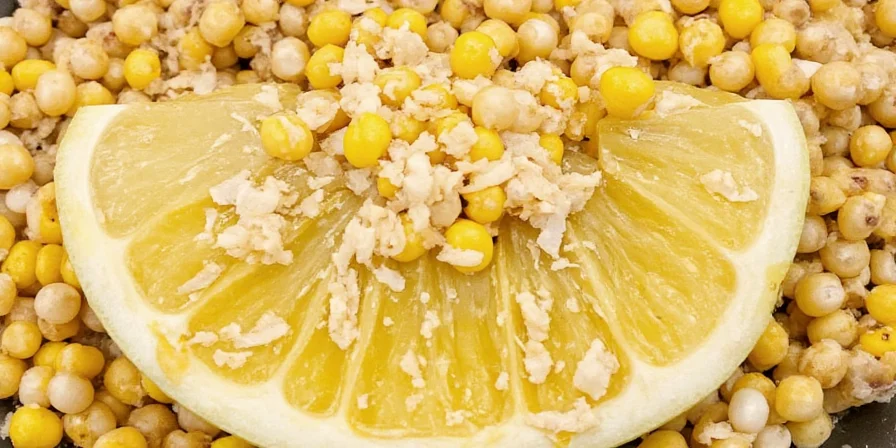
Why Traditional Elote Differs From U.S. Versions
Authentic Mexican street corn features specific characteristics that distinguish it from common U.S. adaptations:
- Vertical presentation: Served on sticks for handheld street eating (not cut off cob)
- Spice application: Dusting technique creates visual heat indicators vendors use to communicate spice levels
- Cheese selection: Cotija's salty umami (never Parmesan) provides authentic flavor balance
- Timing precision: Crema applied immediately after grilling prevents burning and ensures adhesion
| Element | Authentic Mexican Elote | Common U.S. Adaptation |
|---|---|---|
| Spice Application | Visual dusting creates color-coded heat indicators | Mixed into sauce (hides heat level) |
| Cheese Type | Cotija (crumbly, salty) | Parmesan (sharp, hard) |
| Serving Style | Whole cob on stick | Cut kernels in bowl |
| Heat Source | Wood-fired grill preferred | Gas grill or broiler |
Proven Troubleshooting Guide
Solve the most common elote preparation problems with these vendor-tested solutions:
- Sauce sliding off: Always apply crema to HOT corn (residual heat creates adhesion)
- Uneven spice coating: Use spice shaker with extra-large holes for proper dusting
- Soggy leftovers: Store components separately; never assemble until serving
- Burnt crema: Apply after grilling (never before) to prevent burning
- Dry corn: Soak corn in cold water 10 minutes before grilling to retain moisture
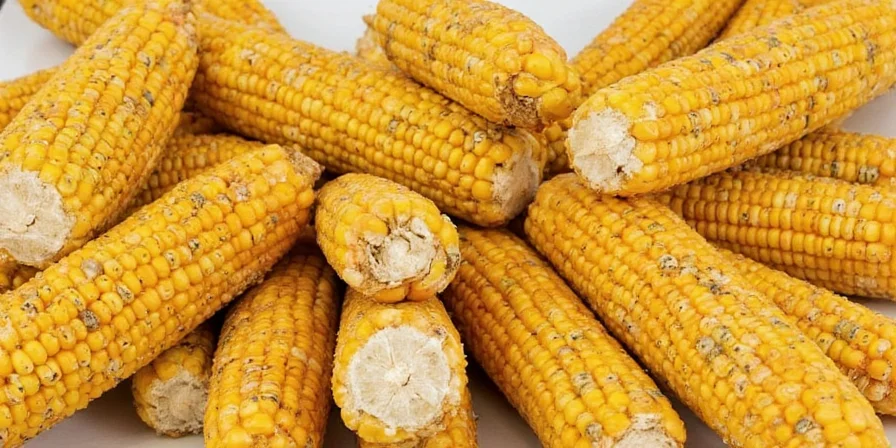
Historical Context: Corn's Cultural Significance
Elote represents 9,000 years of Mexican culinary tradition. Ancient Mesoamericans developed nixtamalization (alkaline cooking) to unlock corn's nutritional value—a process still essential today. Street vendors preserve indigenous food wisdom through their spice combinations and preparation methods. The vertical serving style originated for practical street consumption, while the charred kernels represent the perfect balance of fire and agriculture central to Mexican food culture.
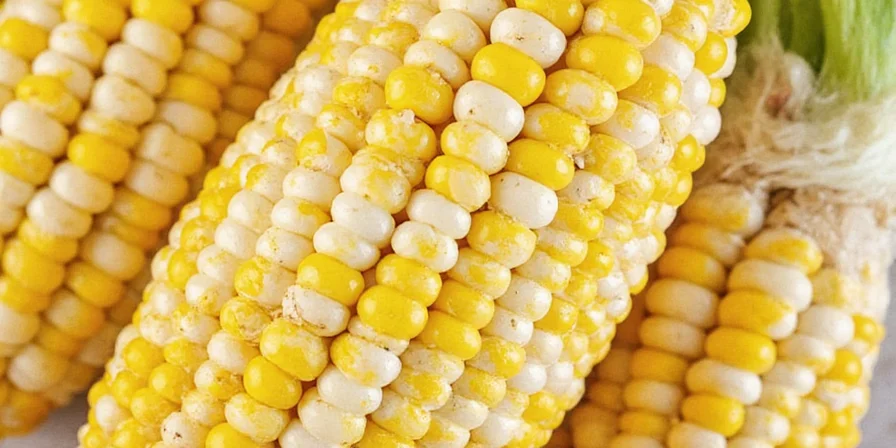
Equipment Alternatives for Perfect Elote
No grill? These proven alternatives deliver authentic results:
- Broiler method: 10-12 minutes under high heat, turning frequently (watch closely for char)
- Cast-iron skillet: Medium-high heat for 8 minutes, turning every 2 minutes
- Charcoal grill alternative: Add mesquite chips to gas grill for wood-fired flavor
- Avoid microwave: Fails to develop essential caramelized flavor compounds
| Spice Level | Visual Indicator | Vendor's Signal | Heat Scale (1-10) |
|---|---|---|---|
| Mild | Light orange dust | 'pa' niños' (for children) | 2-3 |
| Medium | Reddish-orange coating | 'normal' (standard) | 5-6 |
| Hot | Deep red with flakes | 'solo para valientes' (for brave) | 8-9 |
Authentic Regional Combinations to Try
- Yucatán: Achiote paste + orange juice (citrus-forward profile)
- Central Mexico: Epazote herb + roasted garlic (earthy complexity)
- Pacific Coast: Tajín + tamarind powder (sweet-tart balance)
- Northern Mexico: Chile de árbol + toasted sesame (smoky heat)
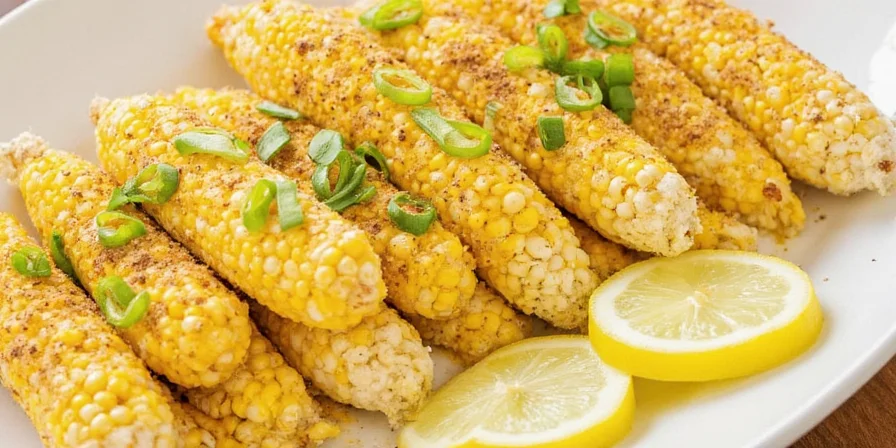
Frequently Asked Questions
How do I make authentic elote without a grill?
Broil corn under high heat for 10-12 minutes, turning every 2 minutes until golden char appears. A cast-iron skillet on medium-high heat works equally well. Never use microwave as it fails to develop the essential caramelized flavor compounds achieved through dry-heat cooking.
Why does my crema slide off the corn?
This happens when crema is applied to cold corn or cheese isn't added while corn is hot. Always apply crema immediately after grilling when corn is hottest—the residual heat creates ideal adhesion conditions. Proper sequence is critical: hot corn → crema → cheese → spices.
What's the historical significance of corn in Mexican cuisine?
Corn cultivation dates to 9,000 years ago in Mexico. Ancient Mesoamericans developed nixtamalization (alkaline cooking) to unlock corn's nutritional value—a process still essential today. Elote represents living culinary heritage where street food preserves indigenous food wisdom through specific preparation methods and regional variations.
How should I store leftover components?
Store components separately: grilled corn in airtight container (3 days), crema mixture refrigerated (1 week), spice blend in dark jar (6 months). Never store fully assembled elote as moisture causes sogginess. Reassemble when serving for optimal texture and authentic street food experience.

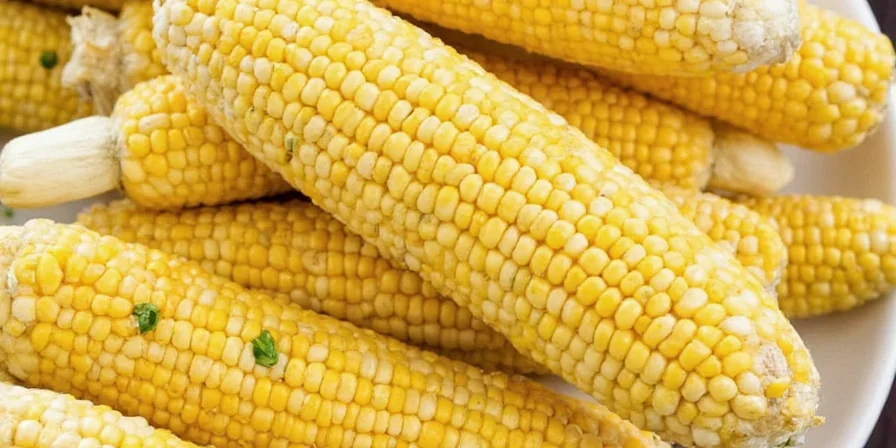









 浙公网安备
33010002000092号
浙公网安备
33010002000092号 浙B2-20120091-4
浙B2-20120091-4